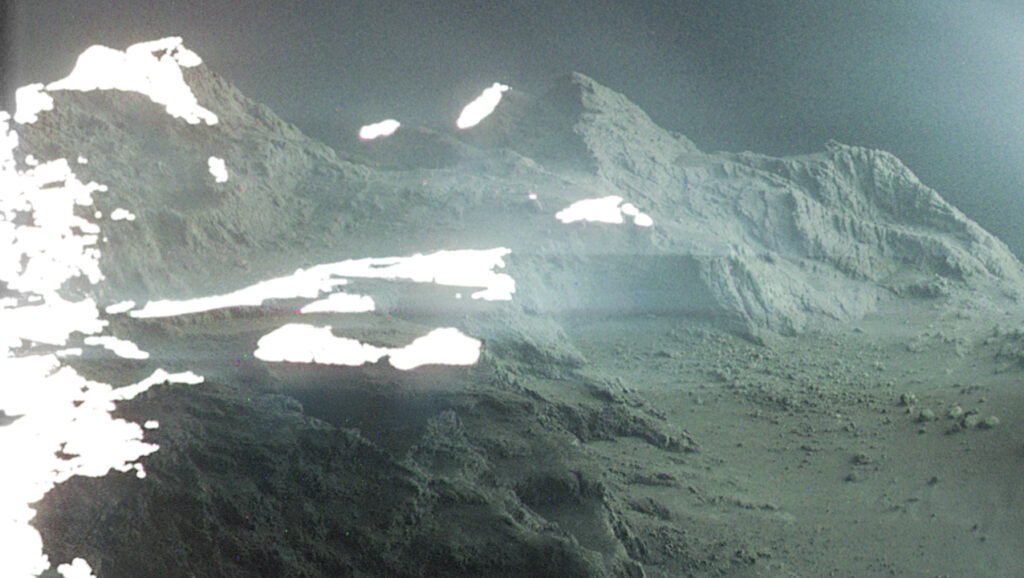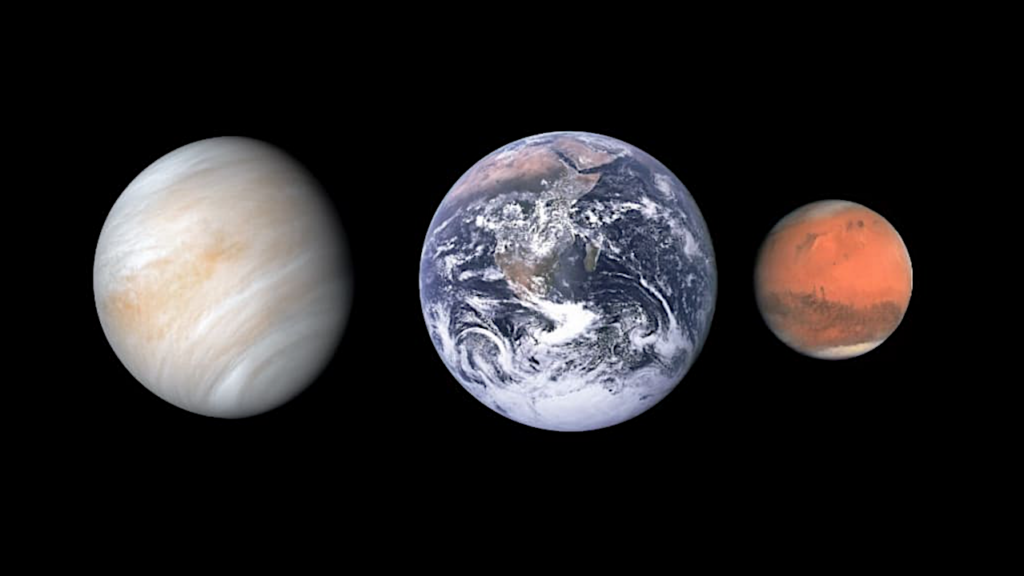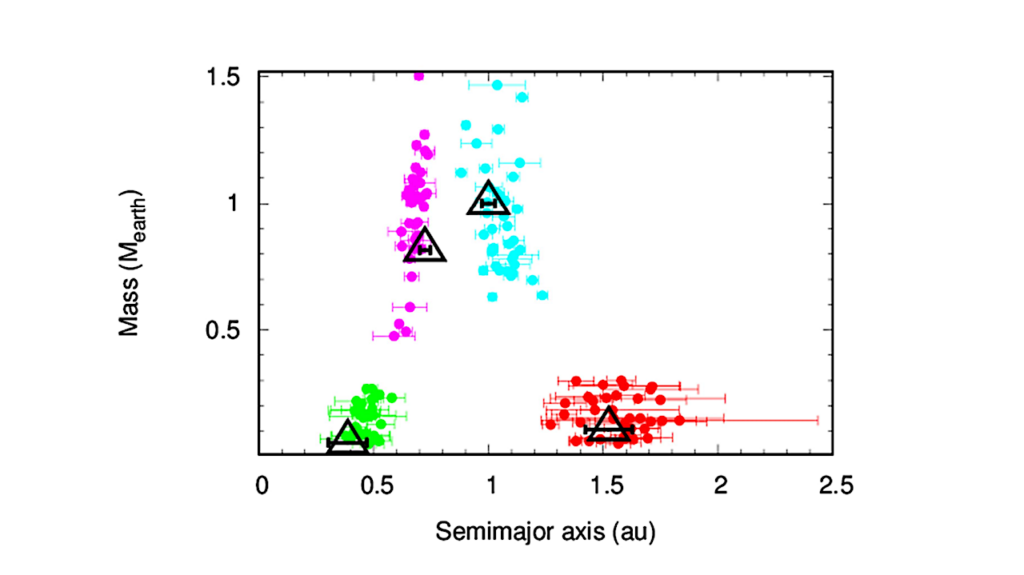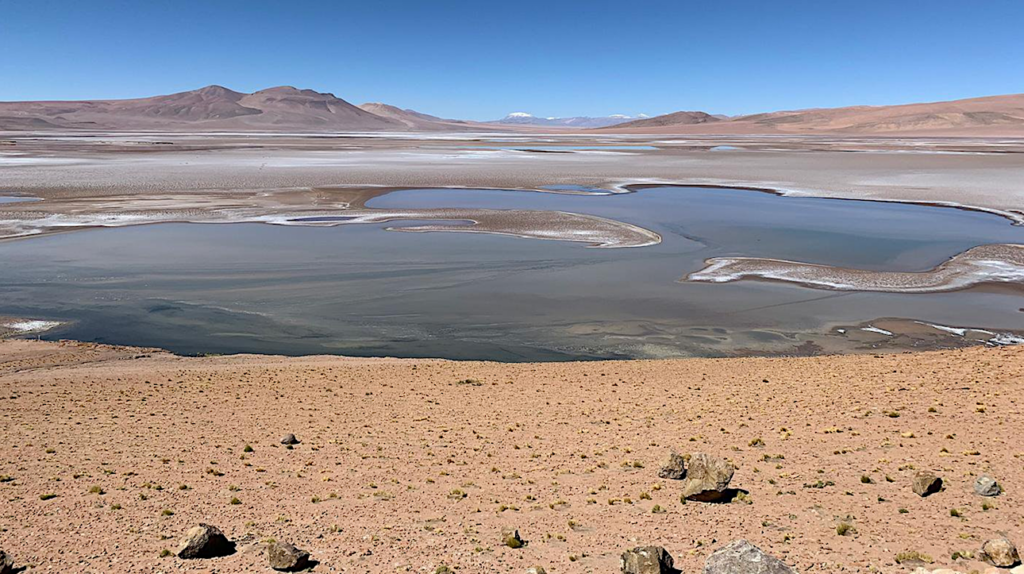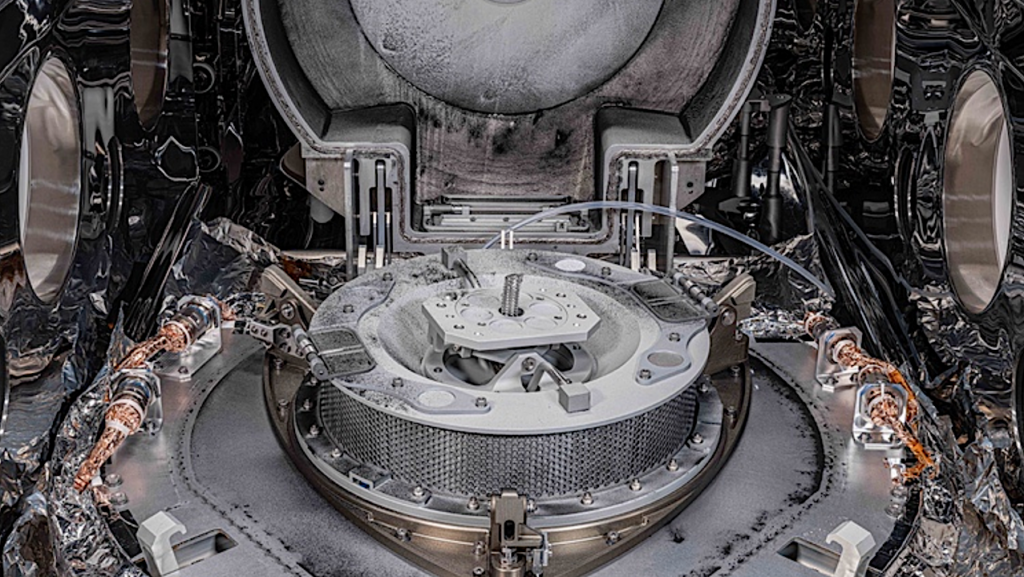Jupiter's "Grand Tack" Reshaped the Solar System
Jupiter, long settled in its position as the fifth planet from our sun, was a rolling stone in its youth. Over the eons, the giant planet roamed toward the center of the solar system and back out again, at one point moving in about as close as Mars is now. The planet’s travels profoundly influenced the solar system, changing the nature of the asteroid belt and making Mars smaller than it should have been. These details are based on a new model of the early solar system developed by NAI scientists at the Virtual Planetary Laboratory, the Goddard Center for Astrobiology, and their colleagues. Their paper appears in a recent issue of Nature.
“We refer to Jupiter’s path as the Grand Tack, because the big theme in this work is Jupiter migrating toward the sun and then stopping, turning around, and migrating back outward,” says the paper’s first author, Kevin Walsh of the Southwest Research Institute in Boulder, Colo. “This change in direction is like the course that a sailboat takes when it tacks around a buoy.”
According to the new model, Jupiter formed in a region of space about three-and-a-half times as far from the sun as Earth is (3.5 astronomical units). Because a huge amount of gas still swirled around the sun back then, the giant planet got caught in the currents of flowing gas and started to get pulled toward the sun. Jupiter spiraled slowly inward until it settled at a distance of about 1.5 astronomical units–about where Mars is now. (Mars was not there yet.)
For more information: http://astrobiology.nasa.gov/articles/jupiter-s-grand-tack-reshaped-the-solar-system/
Source: NAI newsletter


